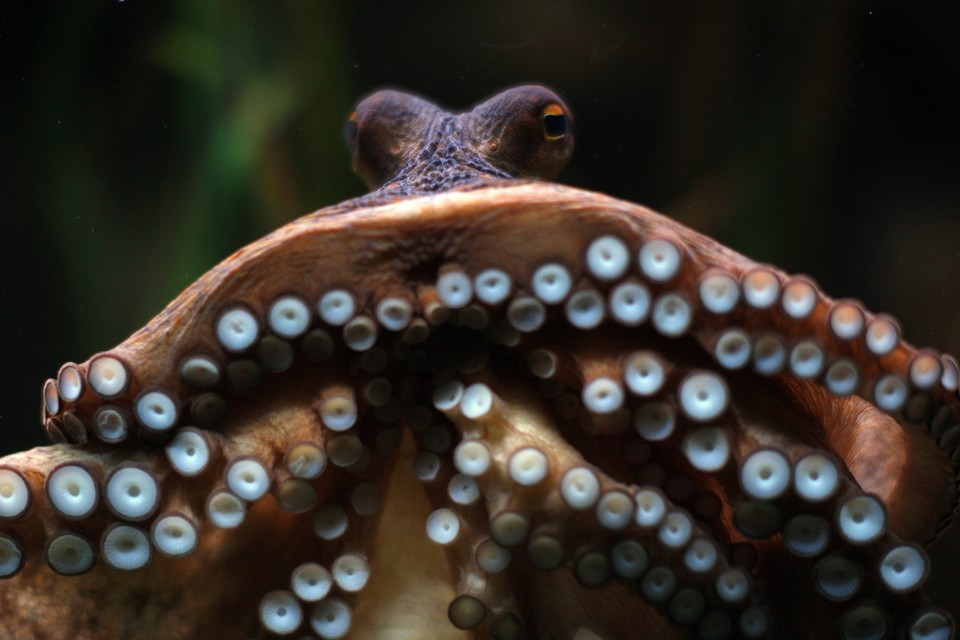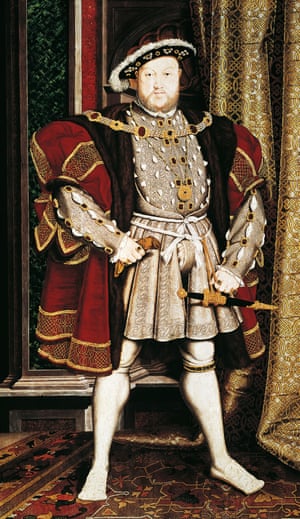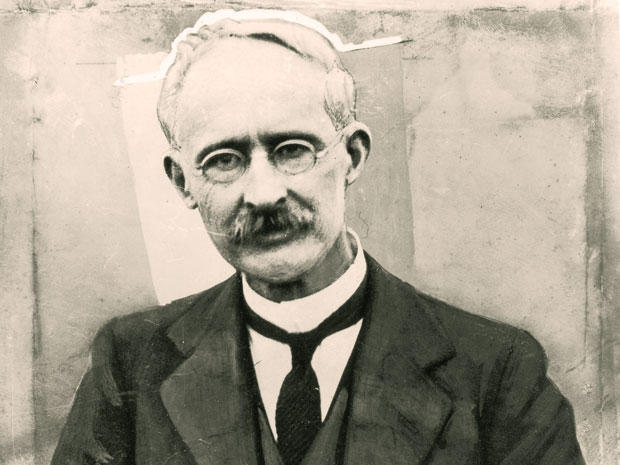via 3 Quarks Daily: Jacob Mikanowski at The Atlantic

Unlike the other long-lived megafauna, Steller’s sea cows, one of the last of the Pleistocene survivors to die out, found their refuge in a remote scrape of the ocean instead of on land. The sea cows were relatives of the manatee and dugong. Unlike those two species, they were adapted to living in frigid Arctic waters. They were also much larger, growing to be as long as 30 feet from tail to snout, versus 10 for a manatee. Before the Ice Age, they seem to have been ubiquitous along the edge of the Pacific, living everywhere from Japan to the Baja Peninsula. By the 18th century, when they were first made known to Western science, the sea cows were confined to waters surrounding two tiny Arctic Islands in the Commander Chain, in between the Aleutians and the Kamchatka Peninsula.
Continue reading and be dismayed
=============================
via ResearchBuzz Firehose: Pierre Caessa, Program Manager, Google Arts & Culture
Some 600 years ago, the Van Eyck brothers created one of the first large-scale oil paintings: “Adoration of the Mystic Lamb.” Due to its pioneering attention to detail and realistic portrayal of people, the “Ghent Altarpiece” is renowned as one of the most influential paintings ever made and a defining artwork that represents the start of the Northern Renaissance.
Continue reading
=============================
via 3 Quarks Daily: Ed Yong in The Atlantic

Manolo the octopus
Octopuses have three hearts, parrot-like beaks, venomous bites, and eight semi-autonomous arms that can taste the world. They squirt ink, contort through the tiniest of spaces, and melt into the world by changing both color and texture. They are incredibly intelligent, capable of wielding tools, solving problems, and sabotaging equipment. As Sy Montgomery once wrote, “no sci-fi alien is so startlingly strange” as an octopus. But their disarming otherness doesn’t end with their bodies. Their genes are also really weird.
Continue reading
=============================
via Boing Boing by Caroline Siede
The meow you know!
=============================
via the Guardian by Alan Yuhas
A tiny moon of Saturn has most of the conditions necessary for life, Nasa announced on Thursday, unveiling a discovery from an underground ocean that makes the world a leading candidate for organisms as humans know them.
Scientists stressed that the discovery on a moon named Enceladus is not evidence that life has in fact developed on another world, but they have managed to establish the existence of the water, chemistry and energy sources that are necessary for it.
Continue reading
=============================
via OUP Blog by Apostolos Christou

‘mars-land-planet-cosmos-stars’ by Aynur_zakirov. CC0 Public Domain via Pixabay.
The planet Mars shares its orbit with a few small asteroids called “Trojans”. Recently, an international team of astronomers have found that most of these objects share a common composition and are likely the remains of a mini-planet that was destroyed by a collision long ago.
Trojan asteroids move in orbits with the same average distance from the Sun as a planet, trapped within gravitational “safe havens” 60 degrees in front of and behind the planet. The significance of these locations was worked out by 18th-century French mathematician Joseph-Louis Lagrange. In his honour, these locations are now known as “Lagrange points”. The point leading the planet is L4; that trailing the planet is L5.
Continue reading
=============================
via The National Archives Blog by Dr Juliette Desplat
Philae. The Pearl of Egypt. Not exactly my favourite temple complex, but still quite something. It is actually so striking that it almost doesn’t matter that the ancient (Egyptian, Graeco-Roman and Christian) buildings are not standing on the actual island of Philae, which is buried under the clear waters of Lake Nasser, but on the island of Agilkia, some 300m downstream.
Continue reading
=============================
via the Guardian by Giles Tremlett

Henry VIII, as painted by Hans Holbein the Younger. Photograph: De Agostini/Getty Images
Brexit began in 1527. It was, in essence, a spat with Spain. The man responsible for this dramatic and deeply unsettling change in Britain’s constitution was a fat, childish and overindulged English monarch called Henry VIII, who became obsessed by something we might call “control”.
Continue reading
=============================
via Boing Boing by Futility Closet

Insurance agent William Herbert Wallace had a terrible night in January 1931 – summoned to a nonexistent address in Liverpool, he returned home to find that his wife had been murdered in his absence. An investigation seemed to show a senseless crime with no weapon, no motive, and no likely suspects. In this week's episode of the Futility Closet podcast we'll revisit the slaying of Julia Wallace, which Raymond Chandler called “the impossible murder”.
Continue reading
=============================
An illustrated Old English Herbal
via Research Buzz Firehose: British Library
Plant-based remedies were a major feature of Anglo-Saxon medicine. Thanks to our current digitisation project with the Bibliothèque nationale de France, funded by The Polonsky Foundation, one of the British Library’s earliest illustrated collections of such remedies has just been digitised.
Continue reading
The images are stunning, please go and look.
via Research Buzz Firehose: British Library
Plant-based remedies were a major feature of Anglo-Saxon medicine. Thanks to our current digitisation project with the Bibliothèque nationale de France, funded by The Polonsky Foundation, one of the British Library’s earliest illustrated collections of such remedies has just been digitised.
Continue reading
The images are stunning, please go and look.
No comments:
Post a Comment